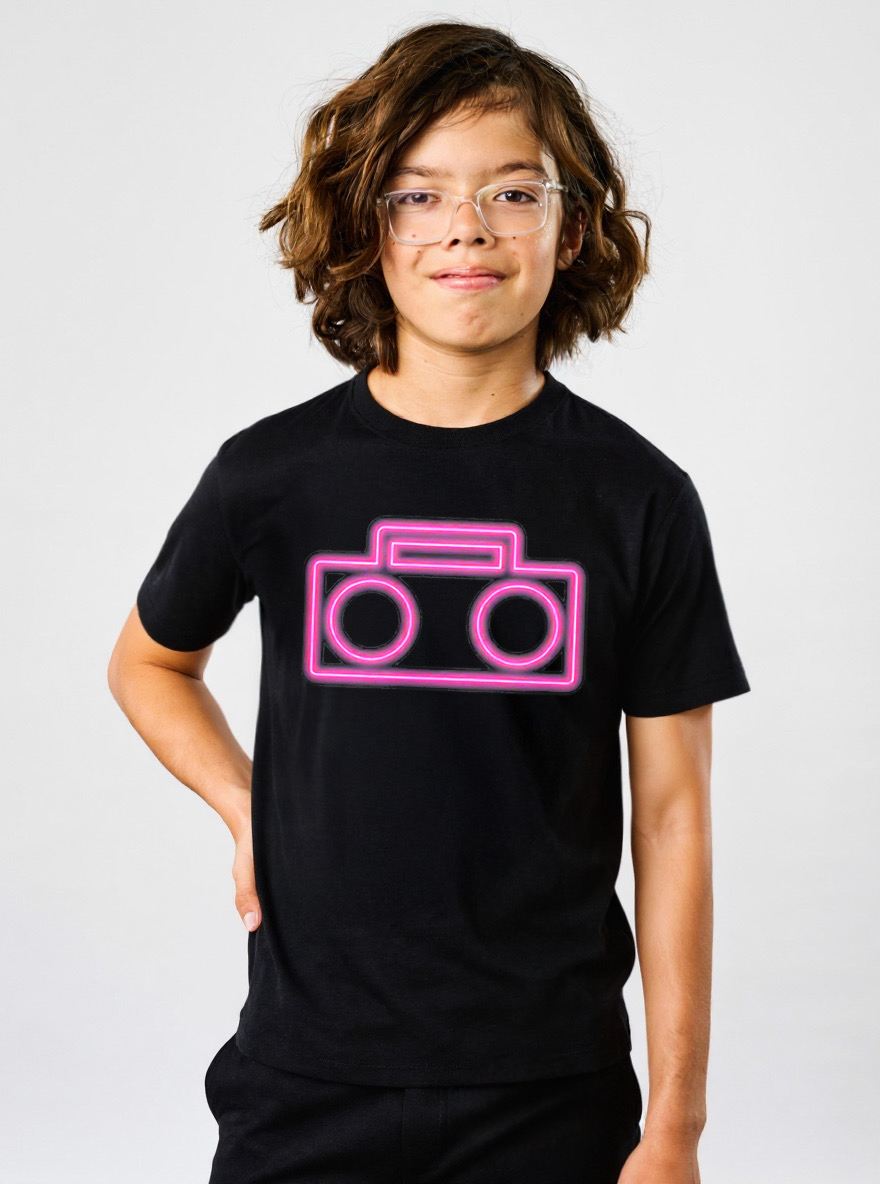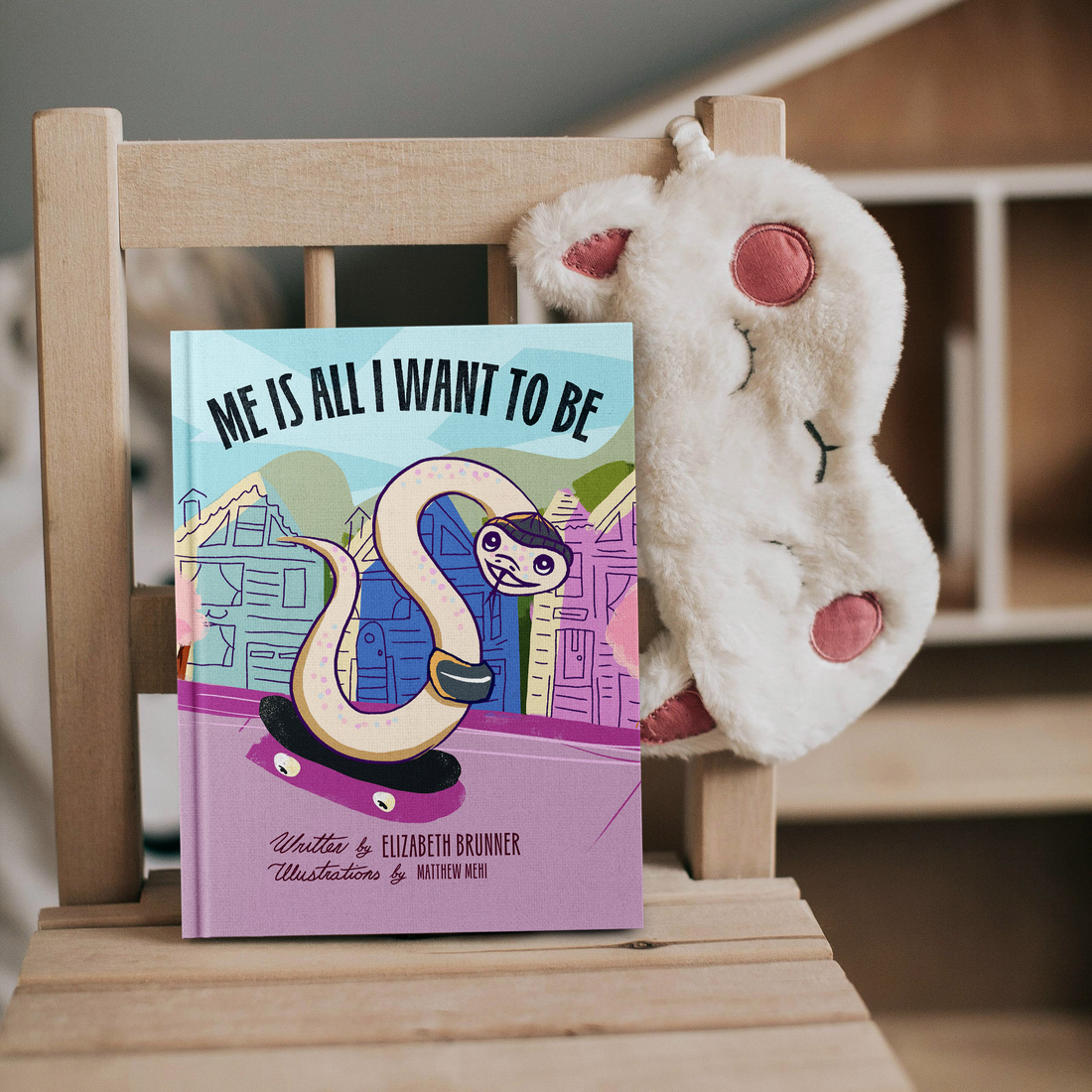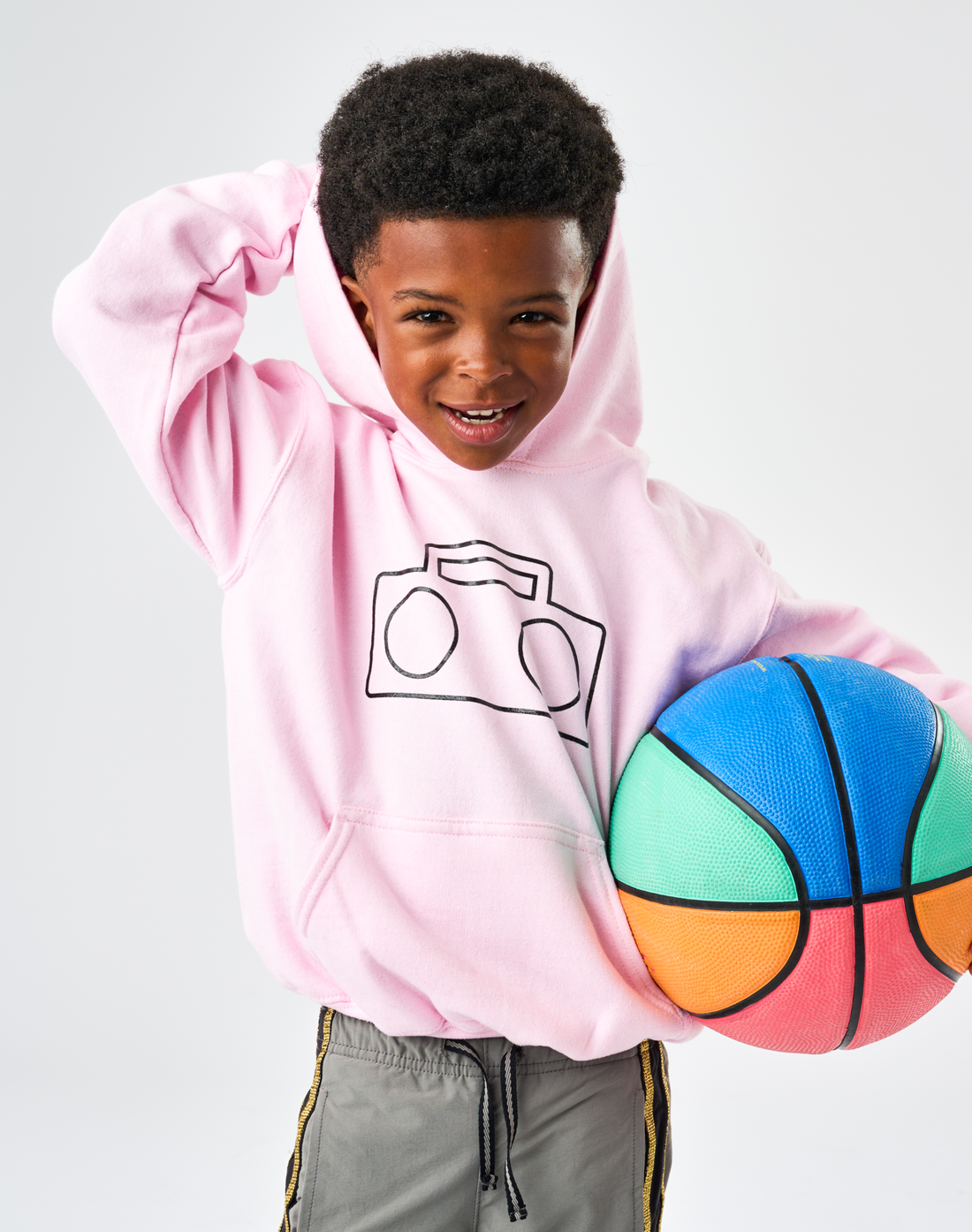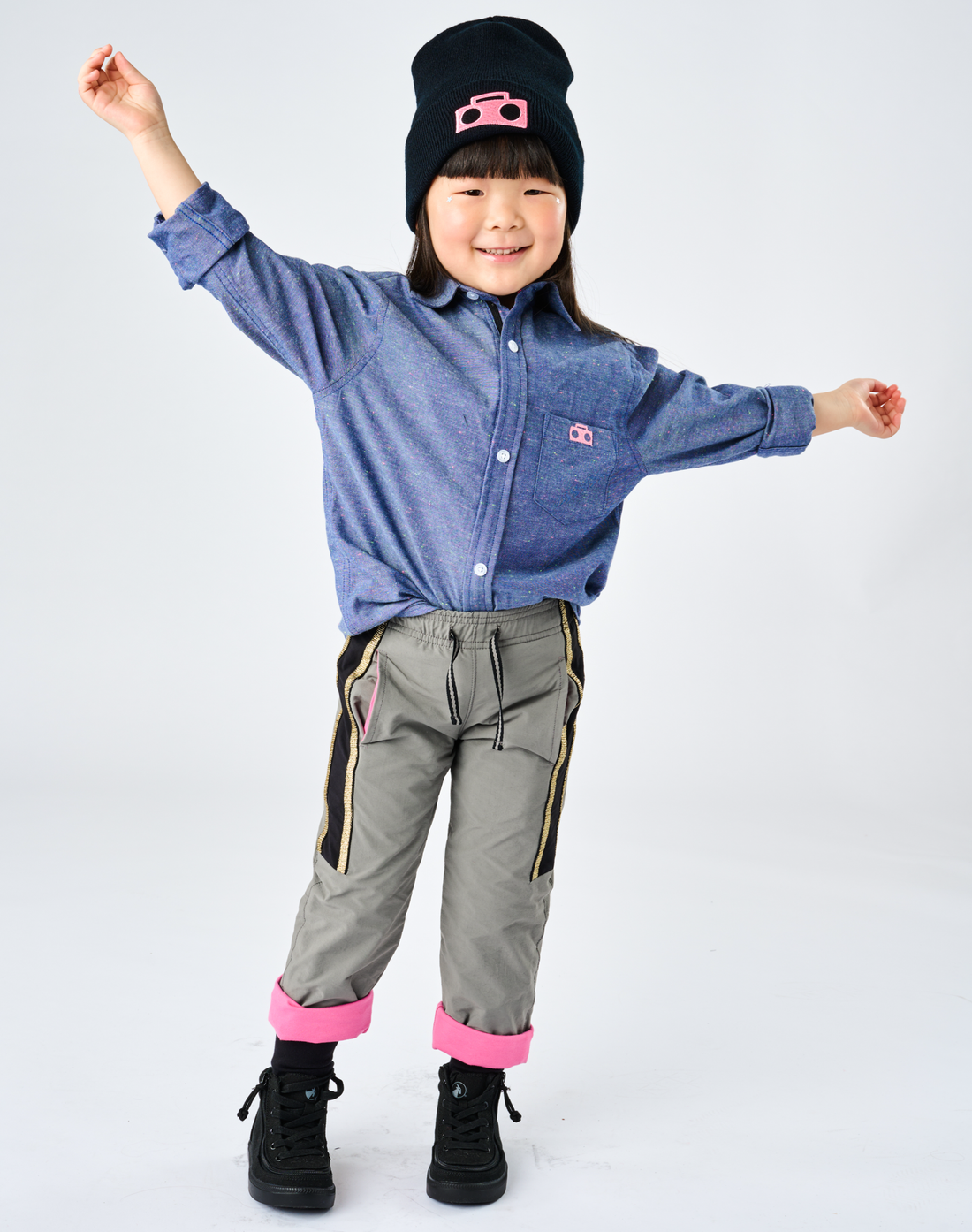StereoType Blog
How to REALLY Celebrate Love This February

February is a month of love! For parents, it’s also a time of year when we celebrate the love we have for our little sweethearts - typically with candy and sweet gifts. While these are traditions we love dearly, this year we’re challenging ourselves to go beyond the obvious and explore deeper ways to show “love” to our kids by modeling to them the concept of “self-love.”
We’ve outlined five simple strategies below that we as parents can put in place to help our kids connect to what they love most about themselves, elevate the importance of self-confidence and self-love, and expand the idea of what love looks like by teaching them about self-love.
Create a Compliment Jar
Every day in February, encourage family members to write down compliments (or draw a picture) and put it in the jar, starting with I love the way you __________. At the end of the month, take the pieces of paper out of the jar and read them to each other over a special meal or carve out sometime during the day where there won’t be any disruptions. Consider giving compliments that highlight the gift that the person is to you or to the world, their way of being - that you want to acknowledge. Sure, it’s great to tell your second-grader how proud you are that they aced their spelling test, but it’s even more impactful to tell them how proud you were to see them caring for a sibling, asking grandma about her day over a Zoom call, or for practicing being true and authentic to themselves. Explain to them the importance of “being” versus “doing” as part of this experience for added value.
Encourage Self Acknowledgement
Let your child hear you acknowledge yourself! I am really proud of the progress I made on a big project at work today. I love how sweaty I got on that run. I am proud that I went to the dentist, even though I was scared. Normalize noticing and acknowledging the things you admire in yourself, and encourage your children to do the same. Self-compliments and acknowledgements can extend to physical attributes too — show your child that it’s healthy to love themselves inside and out.
Notice And Celebrate Difference in the Media
We live in a visual world. Celebrate what makes people you see in the media and in books different and unique by pointing out what you notice. From “I love how confident this unicorn is” while you read a book to complimenting the beauty in a grandmother’s smile or grandpa’s eyes during a commercial, you’re normalizing that everyone carries attributes of beauty, strength, and confidence. It can also be a good time to switch gender expectations for attributes. Men and boys can be beautiful and vulnerable, girls can have strong muscles and be leaders. The more you normalize breaking gender stereotypes, the more kids will be able to see and accept these attributes in themselves and in those around them.
Think Beyond Your Family
For a lot of families, Valentine’s Day is subdivided into two categories: Kids buy and swap candy, adults go on date night. But think beyond the cliches and think of bigger ways your family can celebrate love by giving back to the community. Maybe that includes participating in random acts of kindness and finding ways to give back in some way every day. Maybe it’s sending Valentine’s Day cards to senior citizens and writing them sweet notes that will lift their spirits. Or maybe it’s pledging to love the environment and participating in a ‘No Waste’ challenge. Think of something that’s actionable for your whole family and commit to it for the month and make making a difference a part of your daily life.
Let’s Talk About Love
“Love” is one of those words that has different meanings to everyone. Talk to your child about what love is and what love looks like. This may mean digging in and coming up with your own definition of “love” and then using that as a springboard for conversation. By talking about love — what it means, what it feels like, and why it’s a human right everyone deserves — you’re teaching your child just how many forms love comes in and how seeking it out and finding it — from friends, from teachers, and eventually from a partner — is all part of life’s big adventure.







